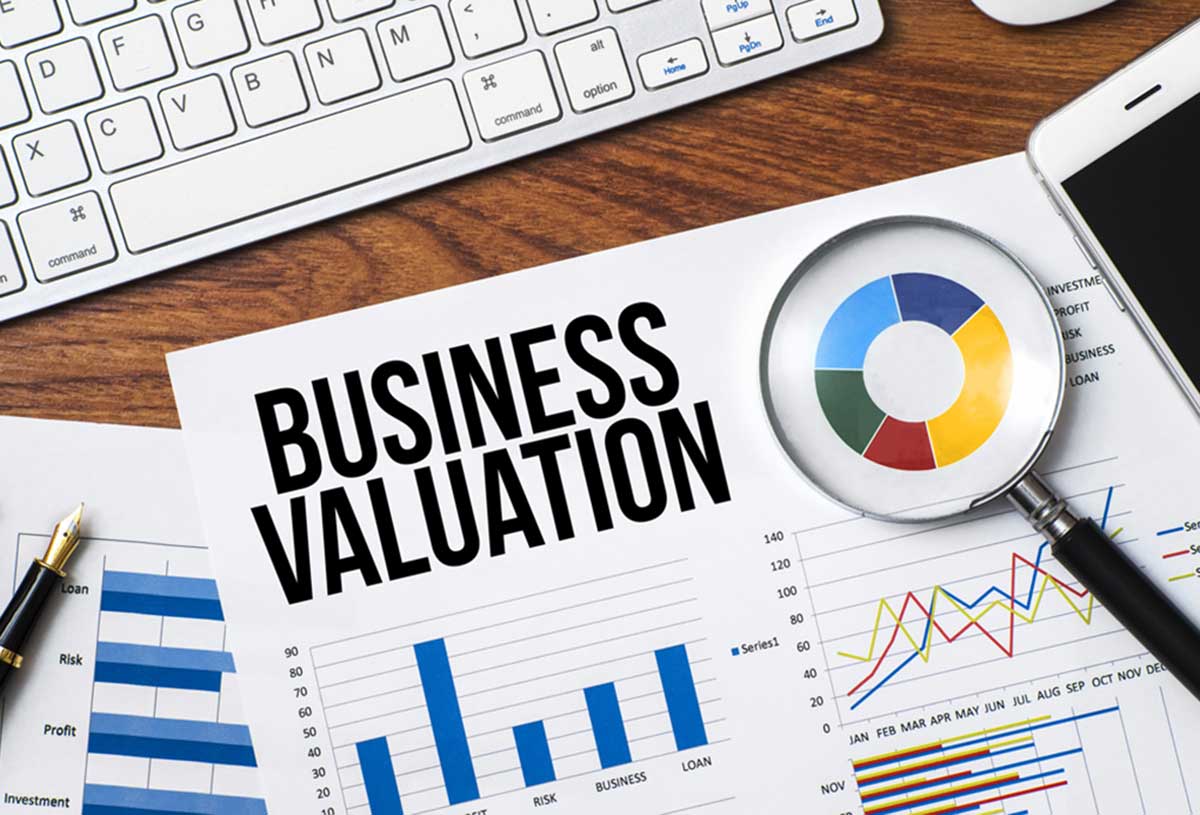How Do You Capitalize on the Business You Built?
As a longtime business owner, you’ve probably spent much of your life working to make sure your company is successful. That’s meant long hours, sleepless nights, working vacations and missed family events, all to ensure that the business thrives.
Now, as you consider the next chapter of your life – retirement – what should you do with the business you built with your blood, sweat and tears? Perhaps you want to keep the business and continue living off the annual cash flow, and perks of ownership. Economic conditions could dictate whether now is the right time to sell and take a lump sum. These decisions are not always straightforward. As a result, this can cause delay in owners engaging in the evaluation process and become overwhelmed with multiple “what-if” scenarios.
There are three considerations to think about and understand when deciding on an efficient transition process.
Evaluating the risk
A challenge for business owners is evaluating the risk of the asset owned versus the risk of an alternative. Often, the owner has become so accustomed to the risk of owning a business that it is difficult to perceive anything else.
One way to measure risk is understanding the discounted cash flow value of your enterprise. This valuation method considers the future cash flow of the business that would accrue to the owners, adjusted (or discounted) for the risk in that cash flow. Once you understand the potential risk and reward of the asset you own, it may become easier to compare it with other assets you could potentially own, such as cash or a diversified investment portfolio.
Timing is everything
When choosing between keeping a business for a few more years or selling to the next owner, many owners consider personal objectives such as lifestyle, health or leadership succession preparation.
Often overlooked, but more significant economically, are the external dynamics that can affect the timing of a transition. These include tax law changes, economic cycle dynamics, cost of capital and valuation trends, and future lifestyle cost escalation.
Industry and economic trends influence timing as well. Buyers generally prefer to acquire companies when the prospects for the future are still on the upswing, influencing valuation and favorable terms.
Be in control
Decisions about your business can be complex and have a significant impact on your personal financial situation, professional future and family. Your leadership of the process, timing and structure of an ownership transition may enhance the outcomes for the company and the new owners.
Capitalizing on the business you’ve built when you’re ready for the next phase in life requires careful planning, strategic decision-making and professional guidance. By taking the necessary steps, you can help ensure a smooth transition and maximize the value of your hard work.
Wells Fargo Advisors Financial Network does not provide legal or tax advice. Be sure to consult your own tax advisor and investment professional before taking any action that may involve tax consequences.
Investment products and services are offered through Wells Fargo Advisors Financial Network, LLC (WFAFN), Member SIPC. Clarity Wealth is a separate entity from WFAFN. PM-01252026-6832097.1.1

